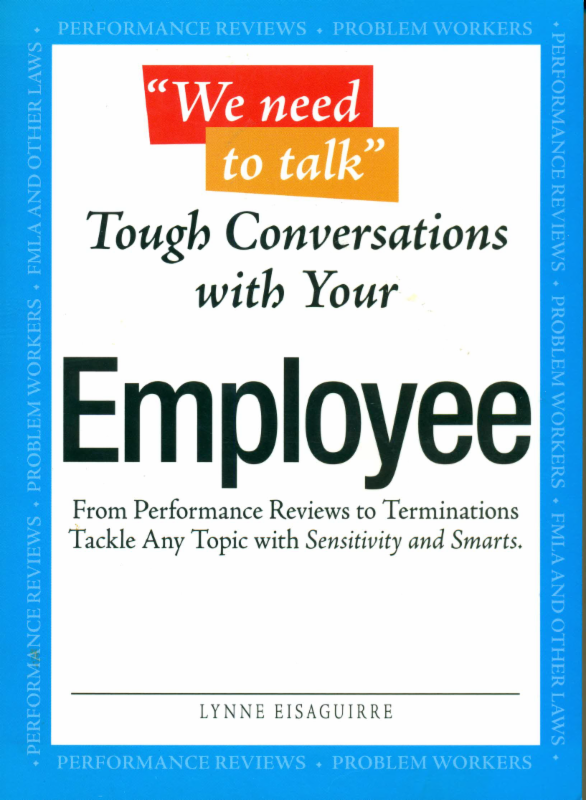Now that performance reviews are finally over, consider developing your people with the use of feedforward tools, not just feedback.
While feedback is an essential part of performance reviews and developing your people, consider using feedforward as another tool. While feedback can feel discouraging and negative – after all, we can’t change the past – feedforward can help people learn and grow in a way that lifts them up. When I coach executives, for example, they are frequently motivated to improve their performance.
The subject matter may be the same, yet the effect on
attitude and motivation is very different.
Yet when they receive feedback on past performance, you can see them becoming defensive and closed. Giving them suggestions about the future, however, can help them learn and grow in a way that limits the amount of energy wasted on defending and debating.
The subject matter may be the same, yet the effect on attitude and motivation is very different.
For example, I coached a leader who was typically late to meetings with her peers and sometime had to cancel meetings because she had overscheduled. I had received the feedback from those she worked with and she had even exhibited some of the same behavior in our sessions. I could have come down on her for being late or MIA with me, yet I sensed that would not get the result I wanted.
Instead, I asked her what her goals were for the next year. Not surprisingly, she mentioned being on time and not over scheduling. I offered several suggestions for managing her time more effectively in the future and mentioned that she could feel free to accept those she liked and throw the rest away. This worked because she could focus on future behavior, not past mistakes, as well as giving her some control over what changes she wanted to make.
 January 29, 2018
January 29, 2018


 The good news: you’ve just received a promotion; the bad news: you’ve left close friends behind. This awkward position is so common that if you poll executives, 90% of them will confess that they have managed former peers.
The good news: you’ve just received a promotion; the bad news: you’ve left close friends behind. This awkward position is so common that if you poll executives, 90% of them will confess that they have managed former peers.
 today is Martin Luther King day, it’s important to focus on our role in creating a better world.
today is Martin Luther King day, it’s important to focus on our role in creating a better world. If you are a leader, you have an obligation to intervene in the moment. If it is a large group, simply say that the comment or behavior is inappropriate and then speak to the individuals privately later on. Be clear about whether it is a violation of law, policy or values and document the discussion. Severe behavior should, of course, be reported to HR.
If you are a leader, you have an obligation to intervene in the moment. If it is a large group, simply say that the comment or behavior is inappropriate and then speak to the individuals privately later on. Be clear about whether it is a violation of law, policy or values and document the discussion. Severe behavior should, of course, be reported to HR.
 improving performance for future projects.
improving performance for future projects.

